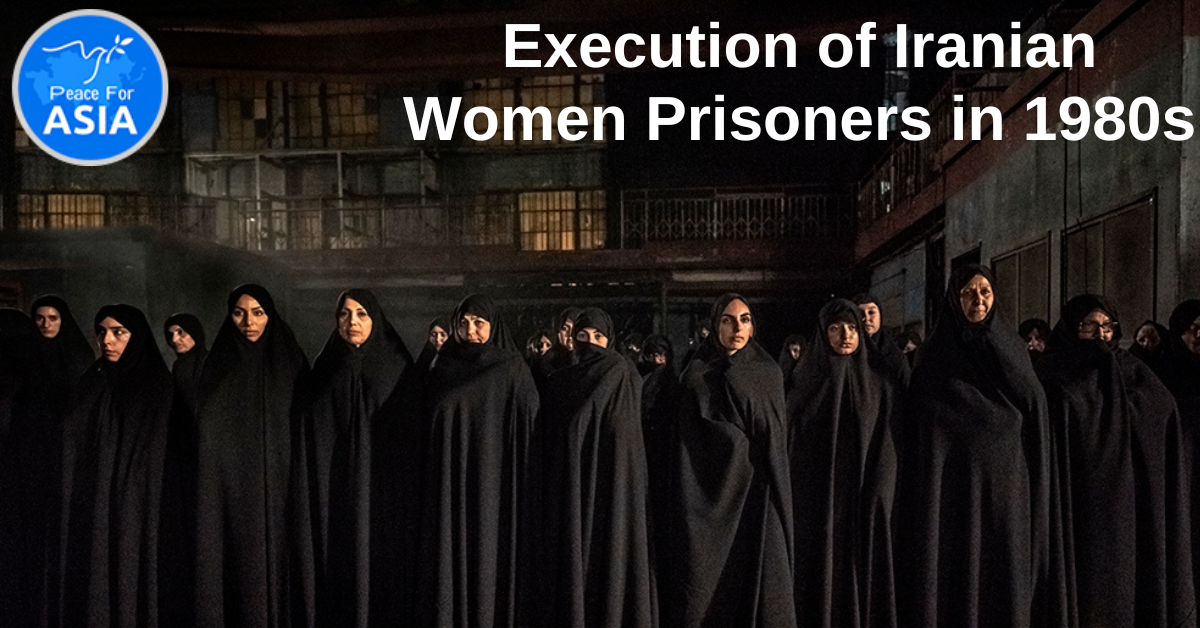BY- SHIRIN NARIMAN
In the annals of human rights violations, the year 1988 stands as a haunting chapter in Iran’s history. The Iranian regime, notorious for its crackdowns on dissent, faced widespread international condemnation for its brutal treatment of political prisoners, resulting in a large number of deaths. However, the lack of comprehensive information regarding the specific number of females killed during this dark period remains a disconcerting mystery.
As a former political prisoner, I have always been concerned about the lack of enough information surrounding the true number of female prisoners’ executions and disappearances. As the world observes the violence against women we must recognize the untold stories of thousands of women, young girls subjected to excruciating tortures and then faced with executions in 1980’s, particularly the summer of 1988.
While the events of 1988 are well-documented, the plight of female victims often remains overshadowed by the broader narrative of political unrest. Human rights organizations, including Amnesty International and the United Nations, have repeatedly expressed concern over the lack of gender-specific data, leaving the extent of female casualties largely unknown.
Amnesty International, a global human rights watchdog, has consistently called attention to the absence of detailed information on the female victims of 1988. In a report titled “Iran: Blood-Soaked Secrets,” the organization highlights the disturbing lack of transparency surrounding the fate of women during that period. The report asserts that the Iranian regime has failed to provide a transparent account of the events, contributing to the prevailing uncertainty.
While the exact number of females killed remains elusive, the scale of the tragedy is undeniable. Amnesty International estimates that thousands of political prisoners were executed during the 1988 massacre, with an undisclosed number being women. The lack of concrete figures raises questions about the true extent of the Iranian regime’s human rights abuses against female detainees.
The United Nations, too, has raised concerns about the Iranian government’s failure to address the human rights violations of 1988 adequately. In a statement, the UN Human Rights Council stressed the importance of accountability and urged the Iranian authorities to conduct a thorough and impartial investigation into the events of that period. The absence of gender-specific data hinders the international community’s ability to hold those responsible accountable for their actions.
The opacity surrounding female deaths in 1988 underscores the broader challenges of documenting and addressing human rights abuses in closed societies. Human rights advocates emphasize the need for independent investigations and access to relevant archives to shed light on the fate of the victims.
To conclude, the lack of sufficient information on the number of females killed by the Iranian regime in 1988 remains a troubling aspect of a dark chapter in Iran’s history. As the international community continues to pressure Iran for accountability, the urgent need for a comprehensive and gender-specific account of the events of 1988 is clear. Only by acknowledging the specific plight of female victims can we hope to address the full scope of the human rights abuses committed during this period and work towards a more just and transparent future.

